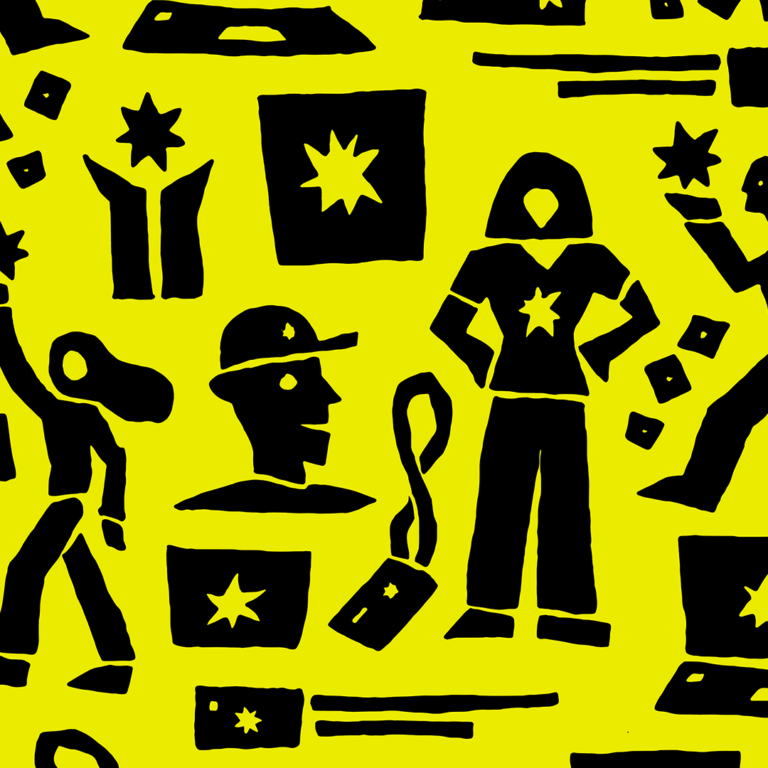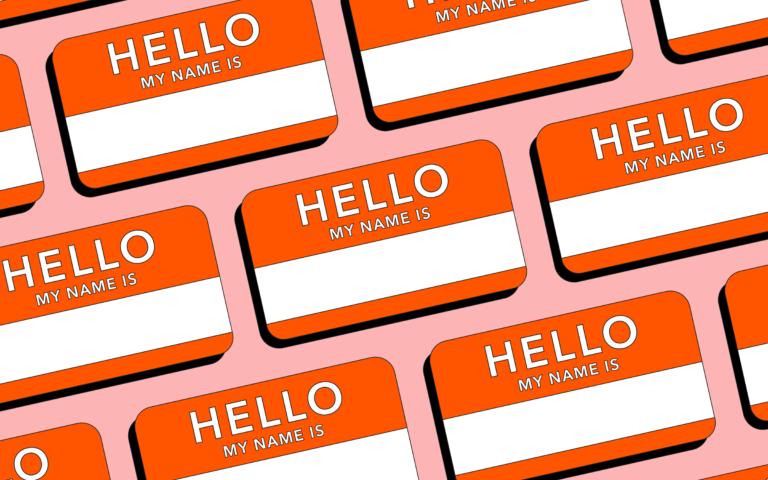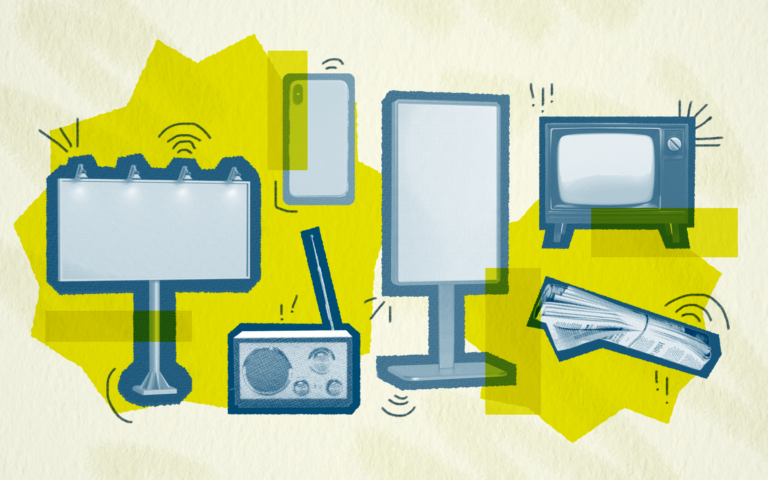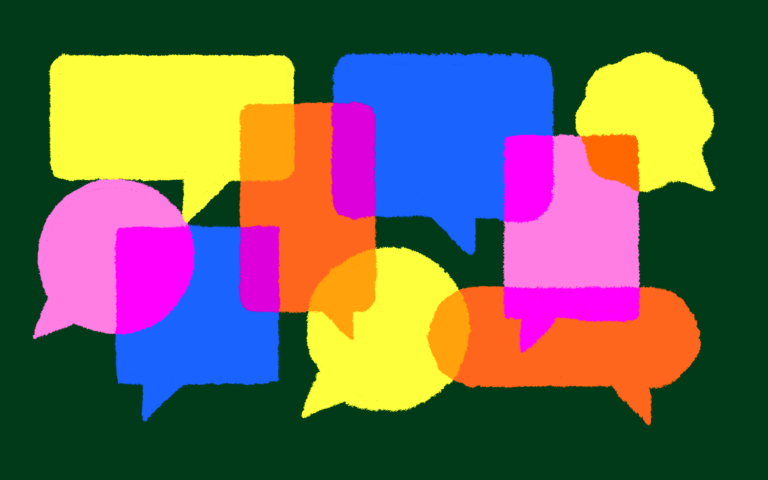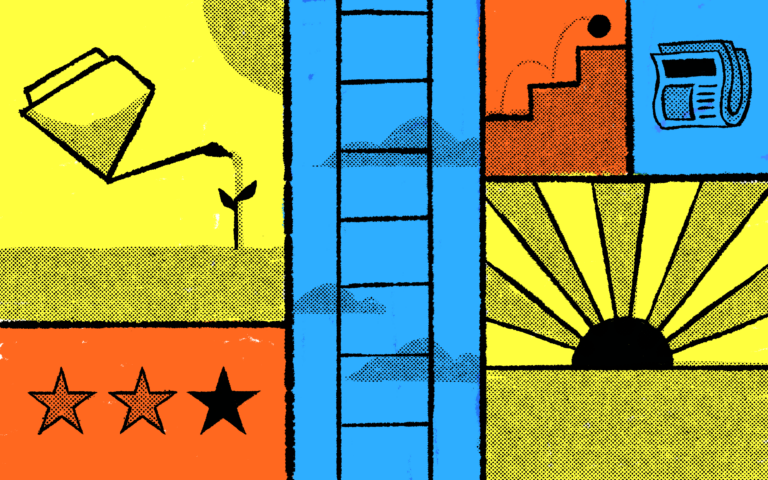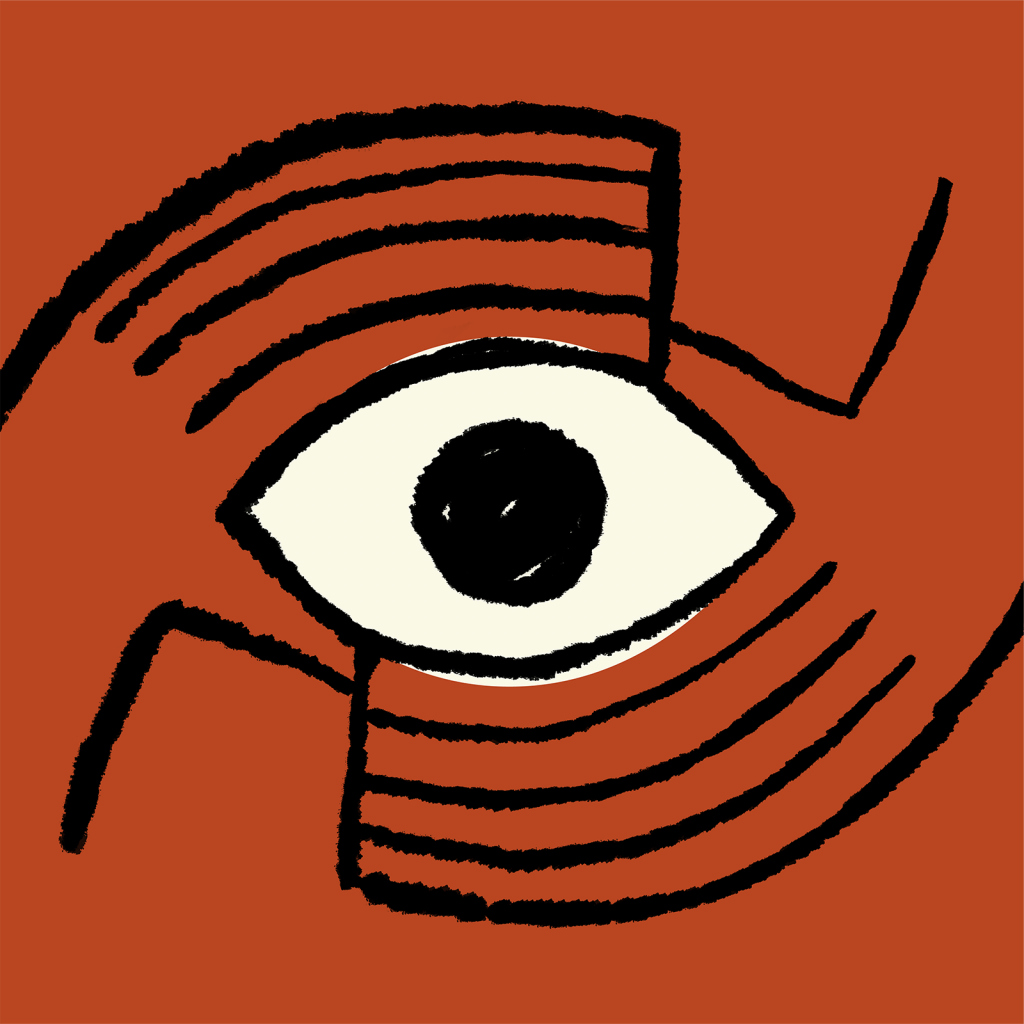
Our Creative Vision: Creativity in Abundance
When I first started in this business, I devoured books about the golden age of advertising and treatises (fine—blog posts) extolling the virtues of creativity. They all made the idea of making a living through creativity seem so rarefied and noble. I was not just some schmuck in a cubicle. No, I was A Creative. Insert jazz hands and sparkle emojis. 👐✨
To be fair, I was only following the script I was given. If there’s one thing the ad industry is good at, it’s selling itself. And the industry has done a particularly impressive job of branding Creative with-a-capital-C as something worthy of reverence—complete with all the moral superiority you’d expect from an industry atop such a high horse. In reinforcing the narrative that creativity is rare, we’ve also successfully established the value of creative work, relative to … everything else. Because rare = $$$. Cha-ching!
There’s just one problem with that narrative: creativity is not a commodity. Its value isn’t increased by scarcity, nor is demand for it diminished by abundance.
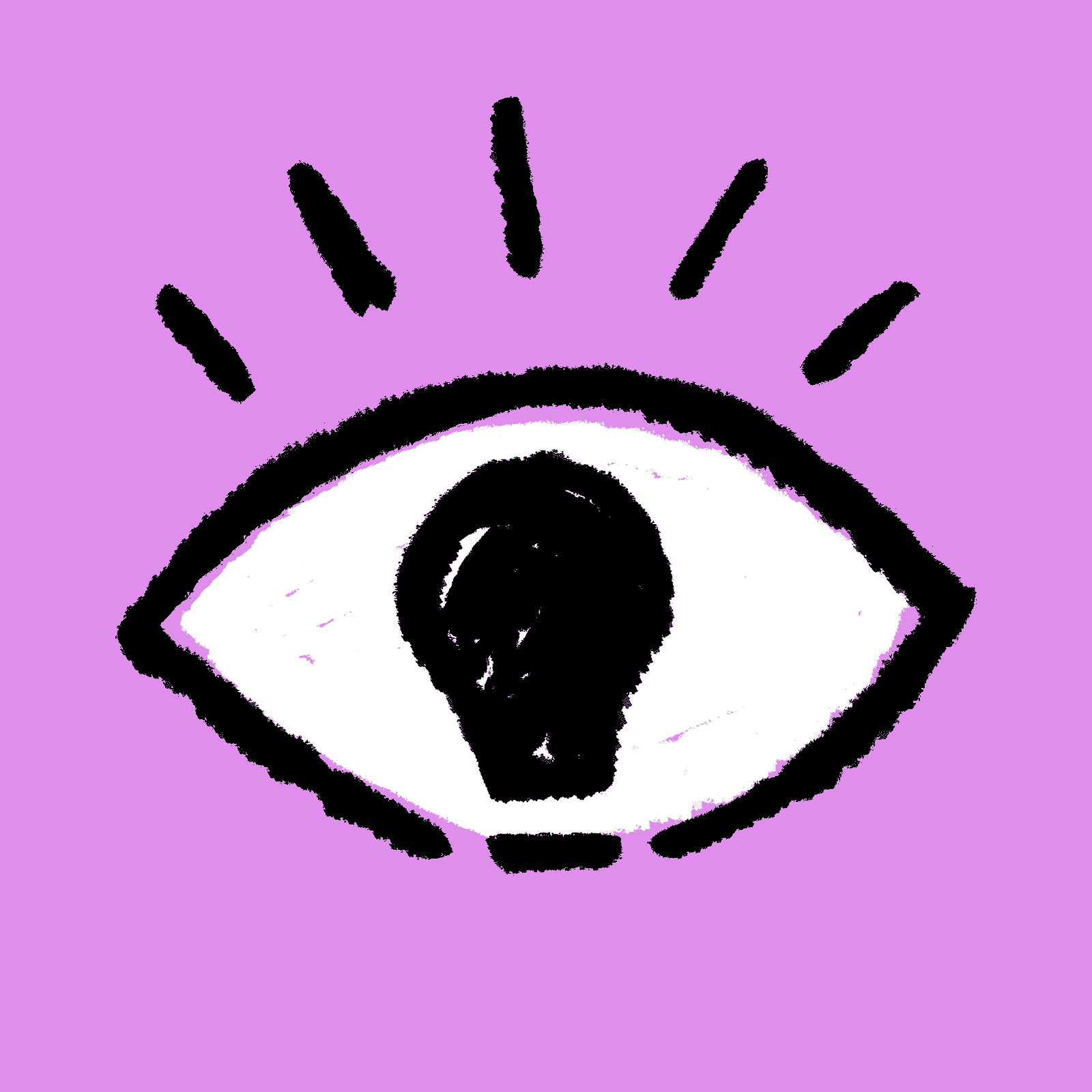
More than a decade in creative departments has given me ample opportunity to think about how we define and measure creativity. During that time, I’ve come to see that creativity is not a limited resource. Despite how our industry defines it, creativity isn’t reserved for one department. Creativity is, quite simply, the ability to imagine or make something new. It’s a skill. And like most skills, it can be taught, practiced and strengthened.
“Creativity is, quite simply, the ability to imagine or make something new.”
At Superhuman, we believe that creativity begets more creativity. We pride ourselves on collaboration and transparency, because we see both the tangible and intangible benefits of making creativity more accessible to more people. Restricting who has access to creativity—or who gets to call themselves “A Creative”—doesn’t actually make it any more valuable. On the contrary, we’ve found that when we engage clients in our creative process, teach them the frameworks we use, and help them build creativity capabilities within their own teams, their demand for our services is even greater.
Collaboration has always been in Superhuman’s DNA, but since the pandemic we’ve had to become more intentional in how we foster it. Back when Superhuman was a company of 10, there was no such thing as silos. But as we’ve grown, the tendency to slip into siloes has become, well, slipperier. That’s why we forced ourselves, over the last year, to take a hard look at how we were working and find ways to improve our collaboration and creativity. We interrogated many of the traditional agency processes we had defaulted to as we got bigger and as teams got more fragmented—the ones that rely on high walls of separation between departments, and between client and agency. We asked ourselves: what end do those high walls serve? Do they make the work better? Really? Do they make the process more efficient? Ultimately, we decided the answer to all of the above was no. And once we challenged those processes—and more importantly, the beliefs that supported them—everything else was fair game.
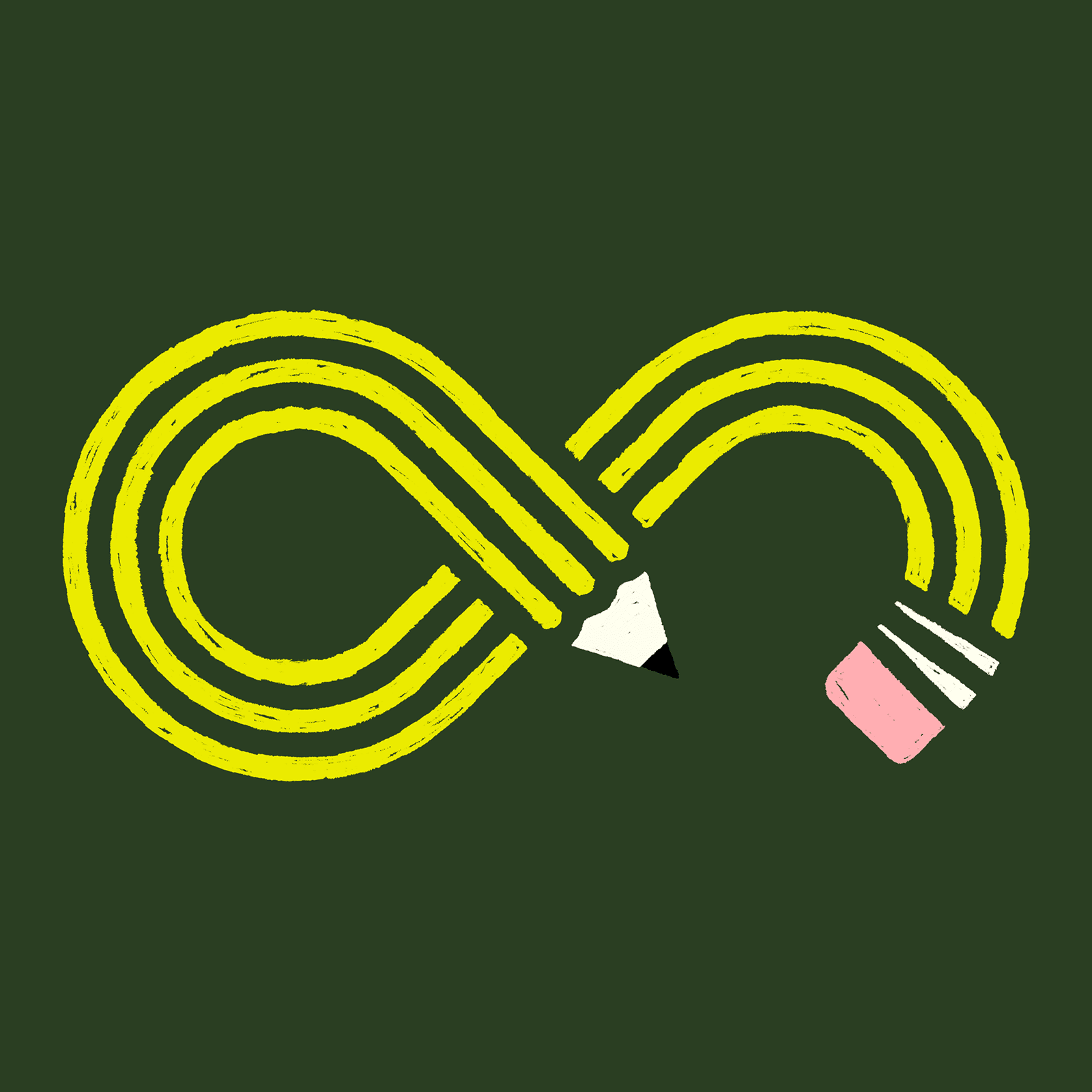
After many hours of discussion, we landed on a new set of guiding beliefs that better reflected our evolving views on creativity and our ethos of inclusivity. To paraphrase: We work in the business of Creativity. Which means it’s our job to come up with novel ways to help our clients solve problems and seize opportunities. We do this by inviting clients in to play and explore alongside us. We don’t limit creativity to writers or designers. We teach each other, and our clients, how to wield creativity more effectively, to yield better results. And we’re really good at it.
In the end, all of this thinking and talking led to a true shift in how we think about our business and the product we sell. We discovered that when we remove the scarcity mindset, what we are left with is not a lack of demand, but rather, an abundance of creativity. And that is worth its weight in gold.
Artwork by Sean Cooley
